Bitcoin mining executives say the industry’s old halving-driven boom-and-bust rhythm is breaking down, replaced by a tougher market where survival hinges on locking in the cheapest electricity and building diversified infrastructure. Speaking at the SALT gathering in Jackson Hole, they described an “incredibly difficult” environment in which power contracts, grid relationships and uptime trump headline hashrate as the real competitive edge.
Several large U.S. miners have already adapted by turning themselves into energy businesses as much as bitcoin producers—monetizing power during price spikes, selling ancillary services to the grid, or leasing capacity to data-hungry customers. Financial Times reporting shows firms stockpiling coins and raising billions to secure energy and infrastructure while competition for megawatts intensifies, including from AI data centers.
Macro currents are adding pressure. With spot bitcoin ETFs siphoning trading from on-chain activity, fee revenue has softened relative to early-year peaks, trimming a key cushion for miners just months after the reward halving. That has sharpened the focus on low-cost power, flexible load operations and revenue streams beyond pure block rewards.
Against that backdrop, scale and siting matter more than ever. Hut 8, for example, outlined plans to add more than 1.5 gigawatts of new U.S. capacity across multiple sites—an expansion aimed at spreading regulatory risk, improving electrical pricing, and positioning for multi-use compute (including AI) alongside bitcoin mining. Moves like this signal an industry shift from chasing hashrate to building power-first, multi-tenant campuses.
Taken together, the message from industry leaders is clear: miners that can secure long-dated, low-cost energy and flex their infrastructure between bitcoin blocks, grid services and high-performance computing will be the ones left standing. Those that can’t may find that in 2025’s mining economy, electricity—not newly installed ASICs—is the real currency.

.svg)

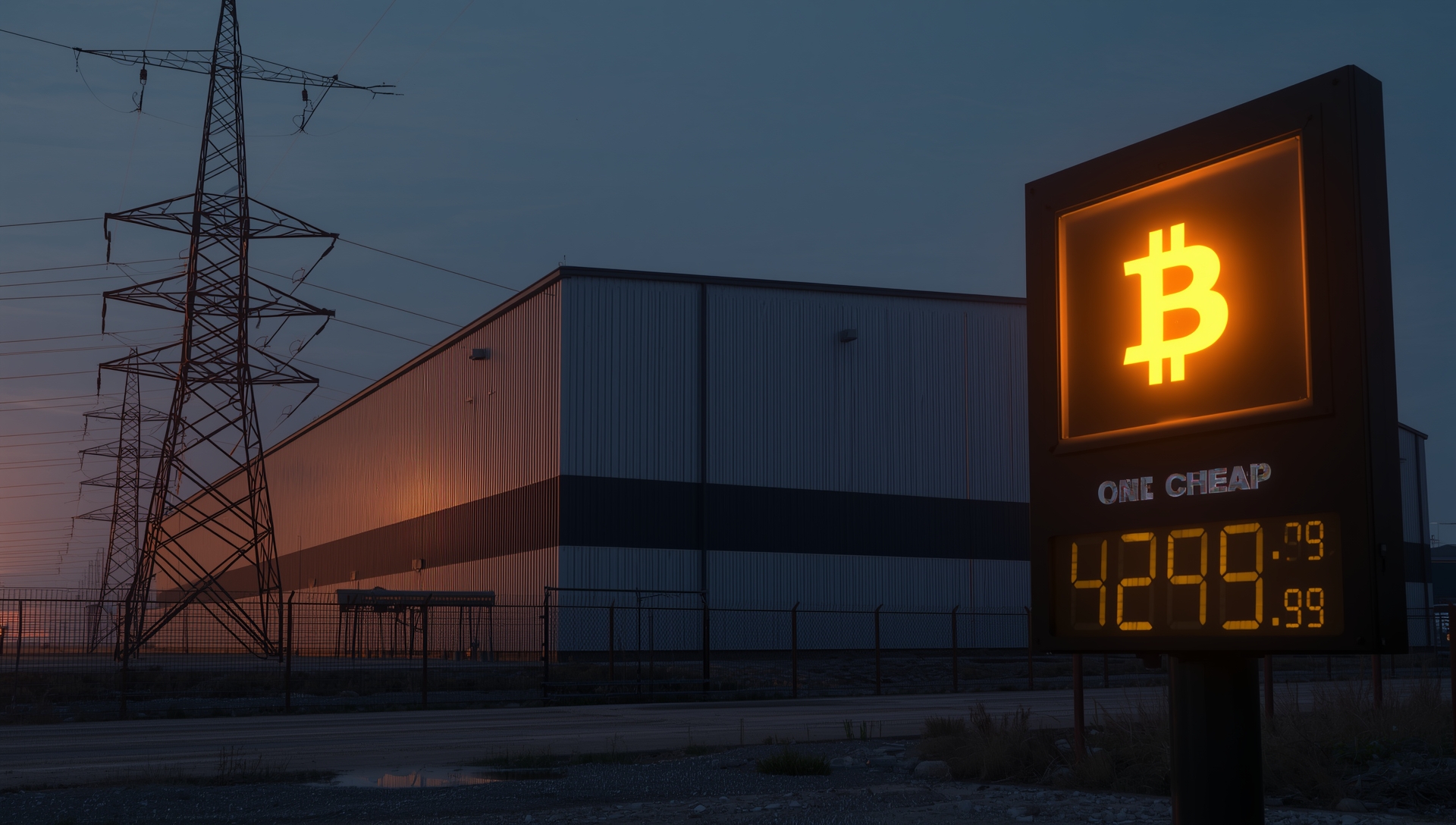






























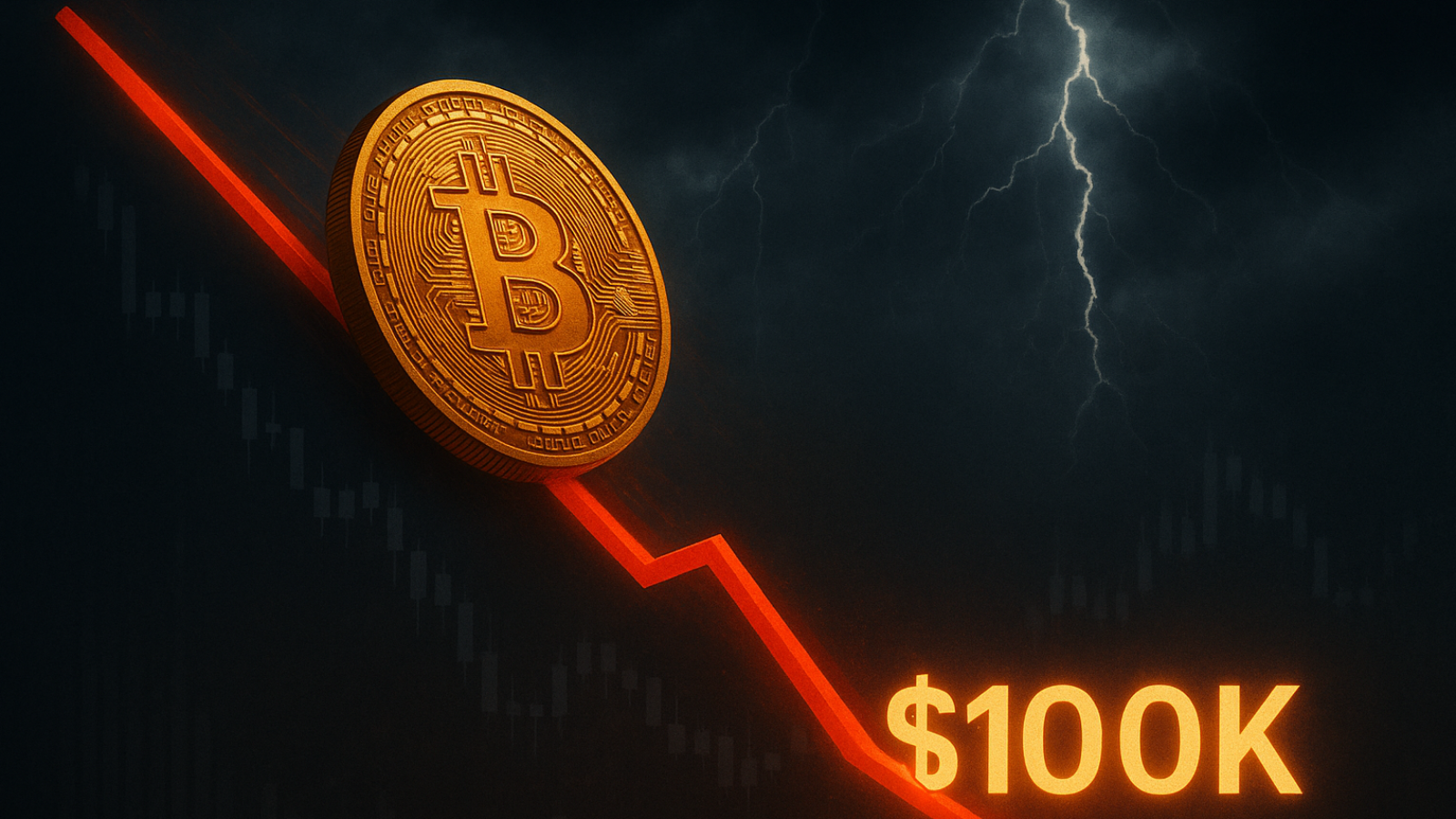














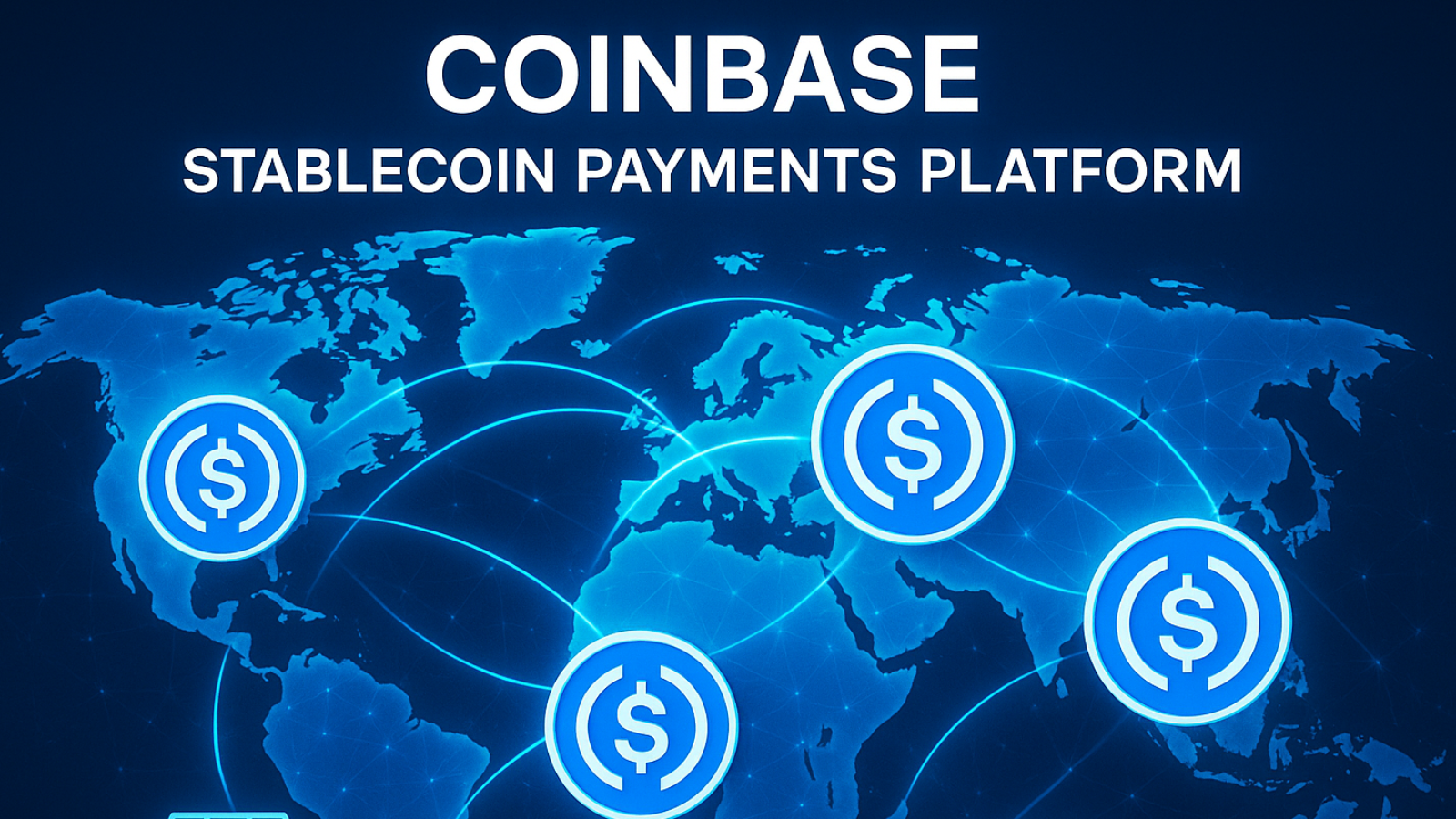

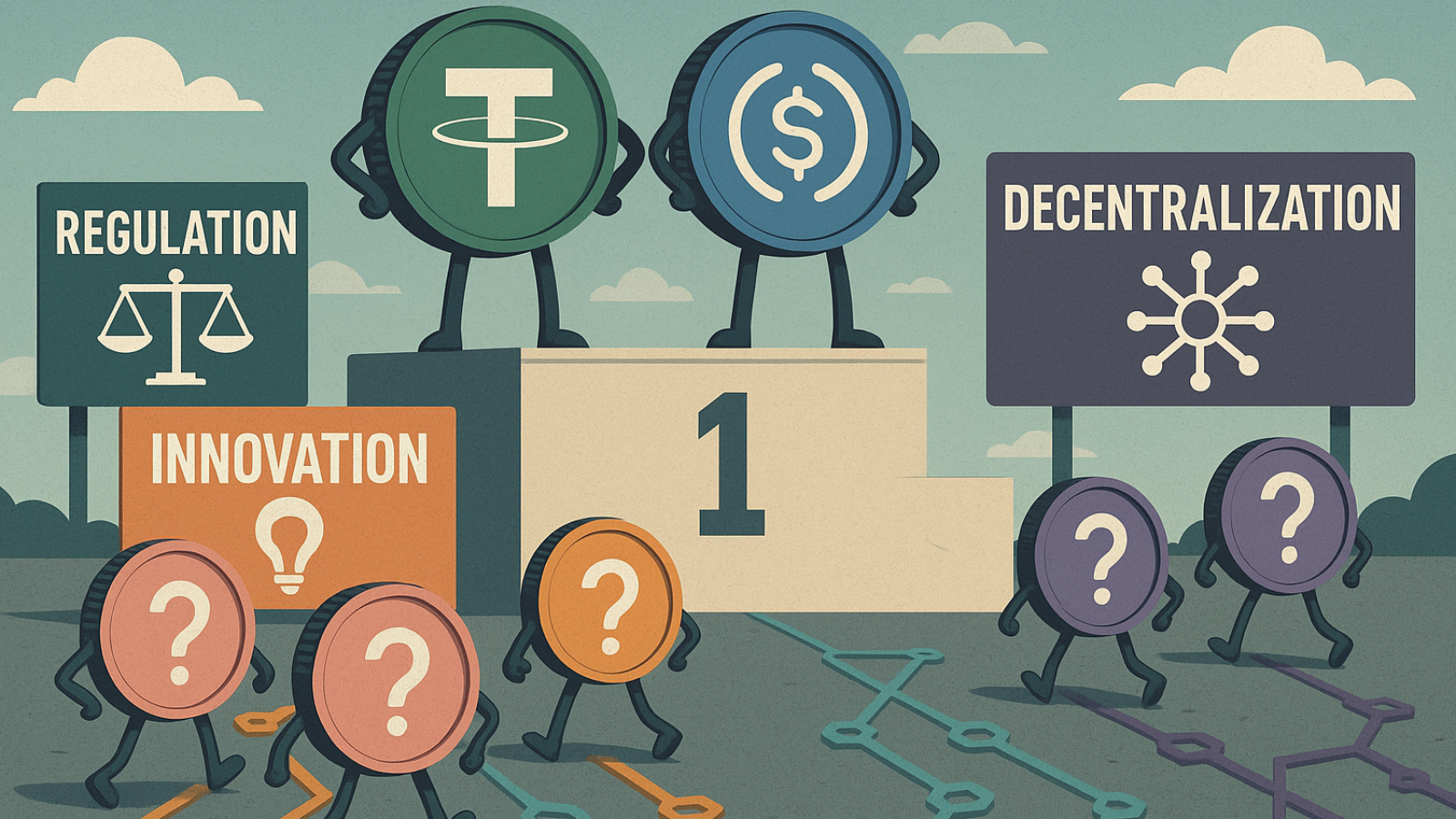


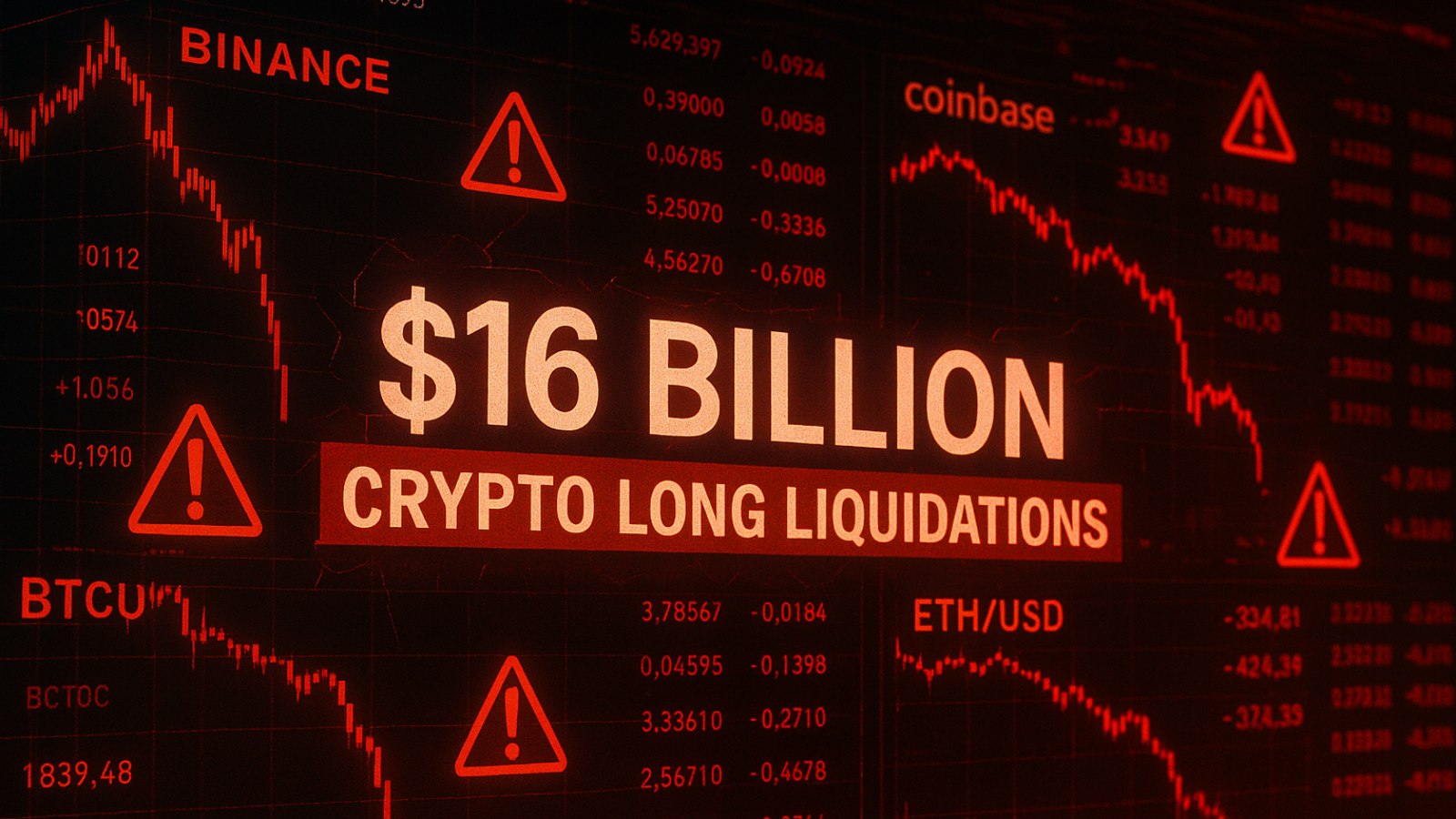




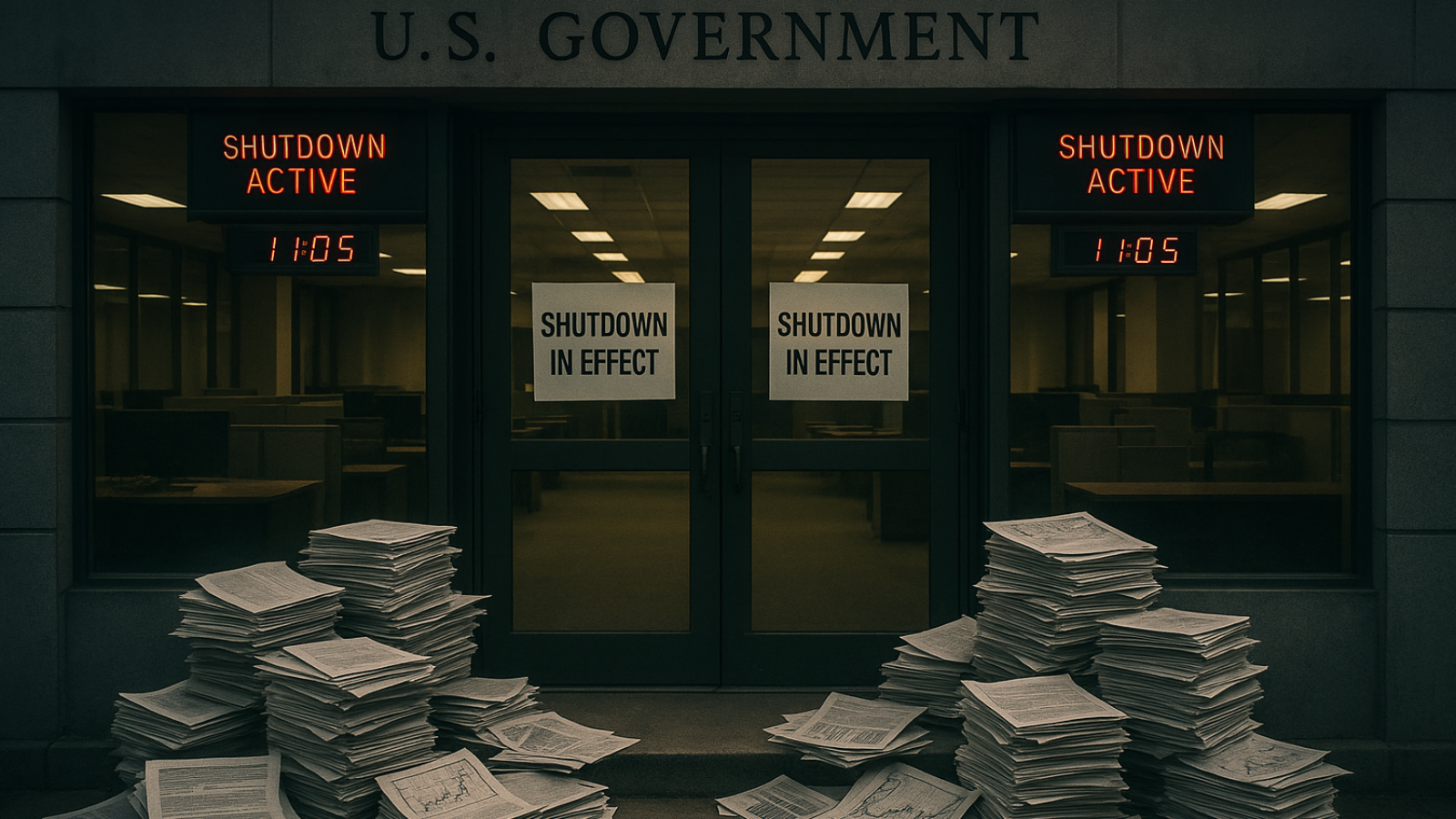

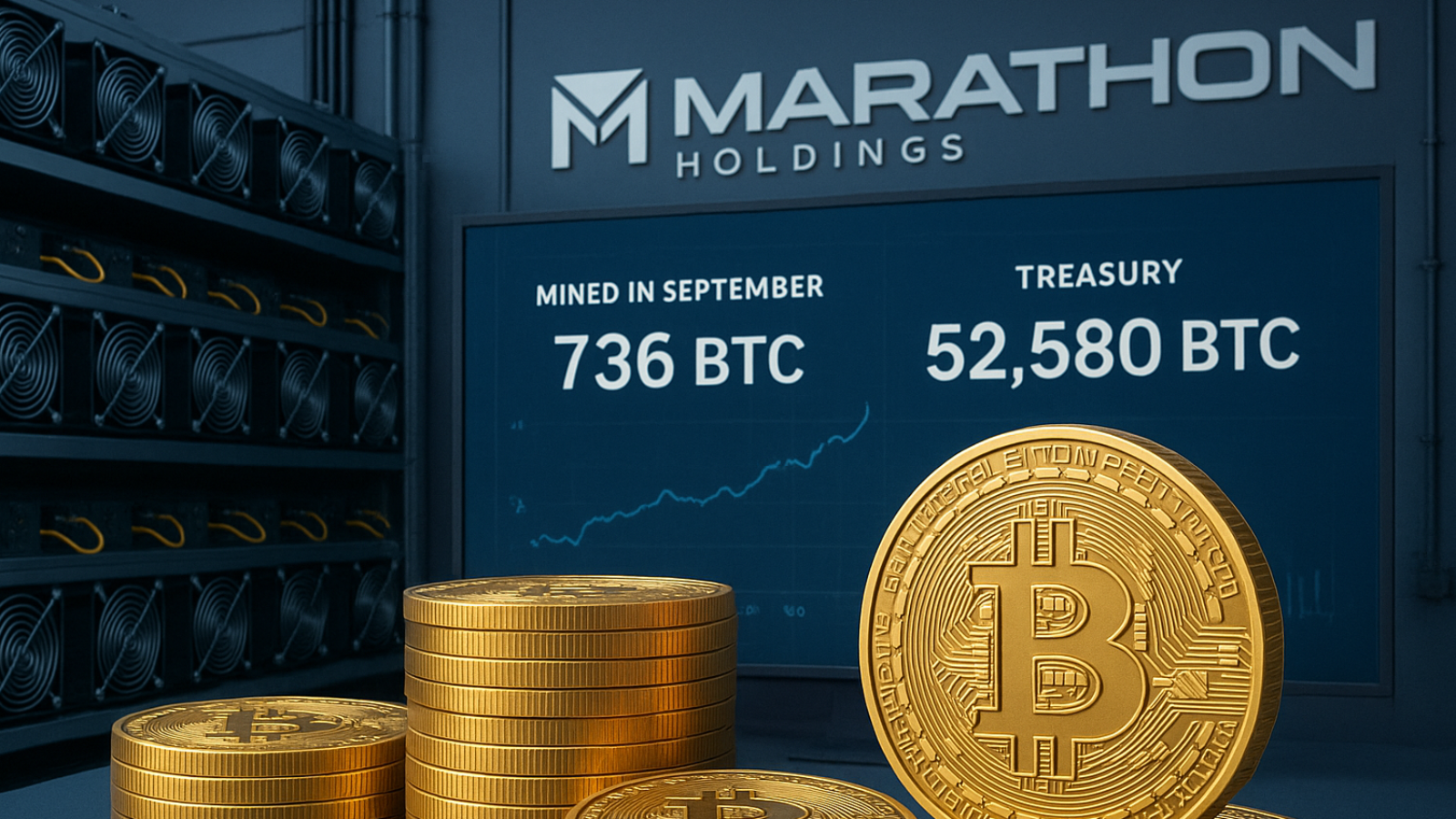

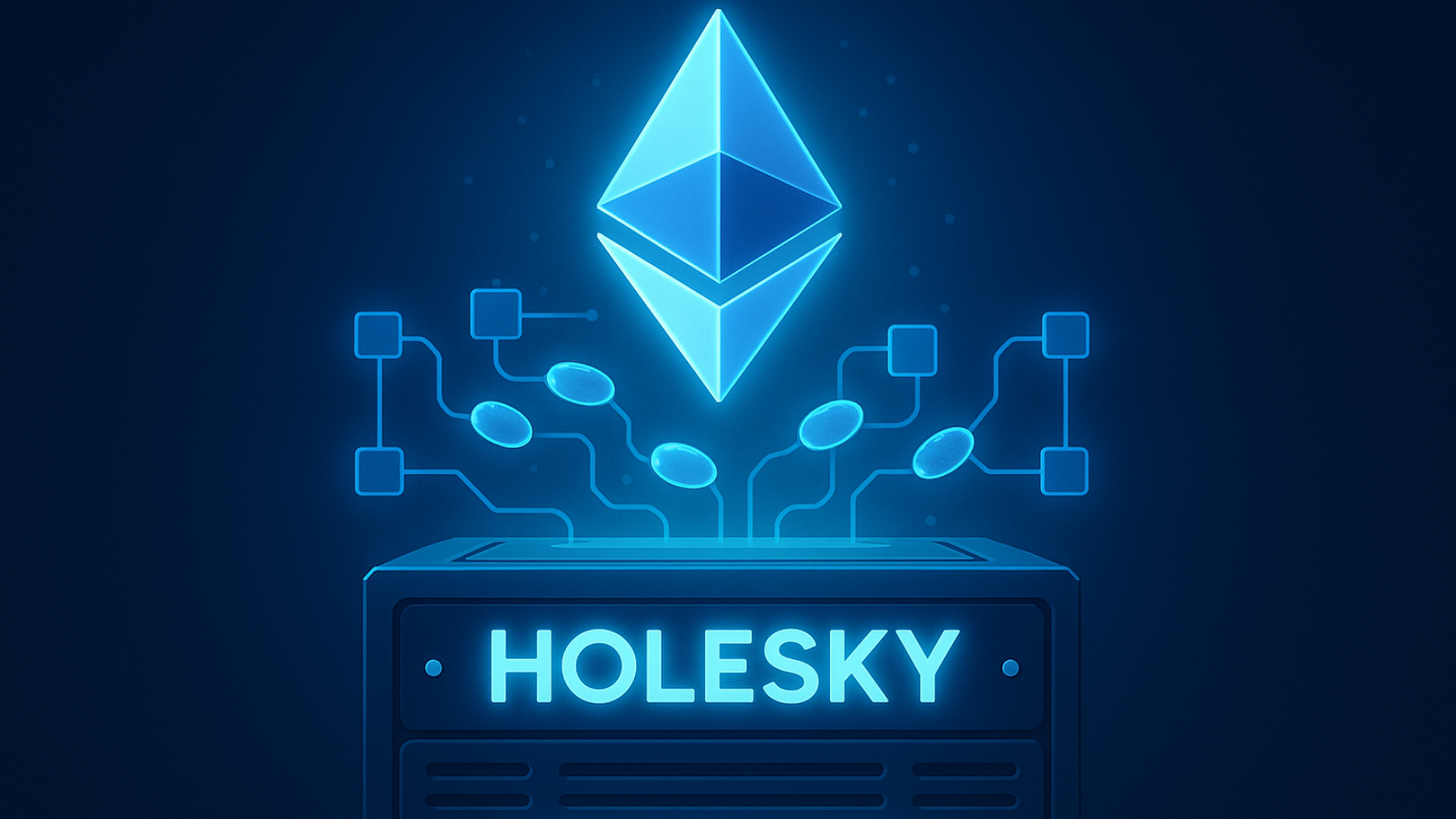


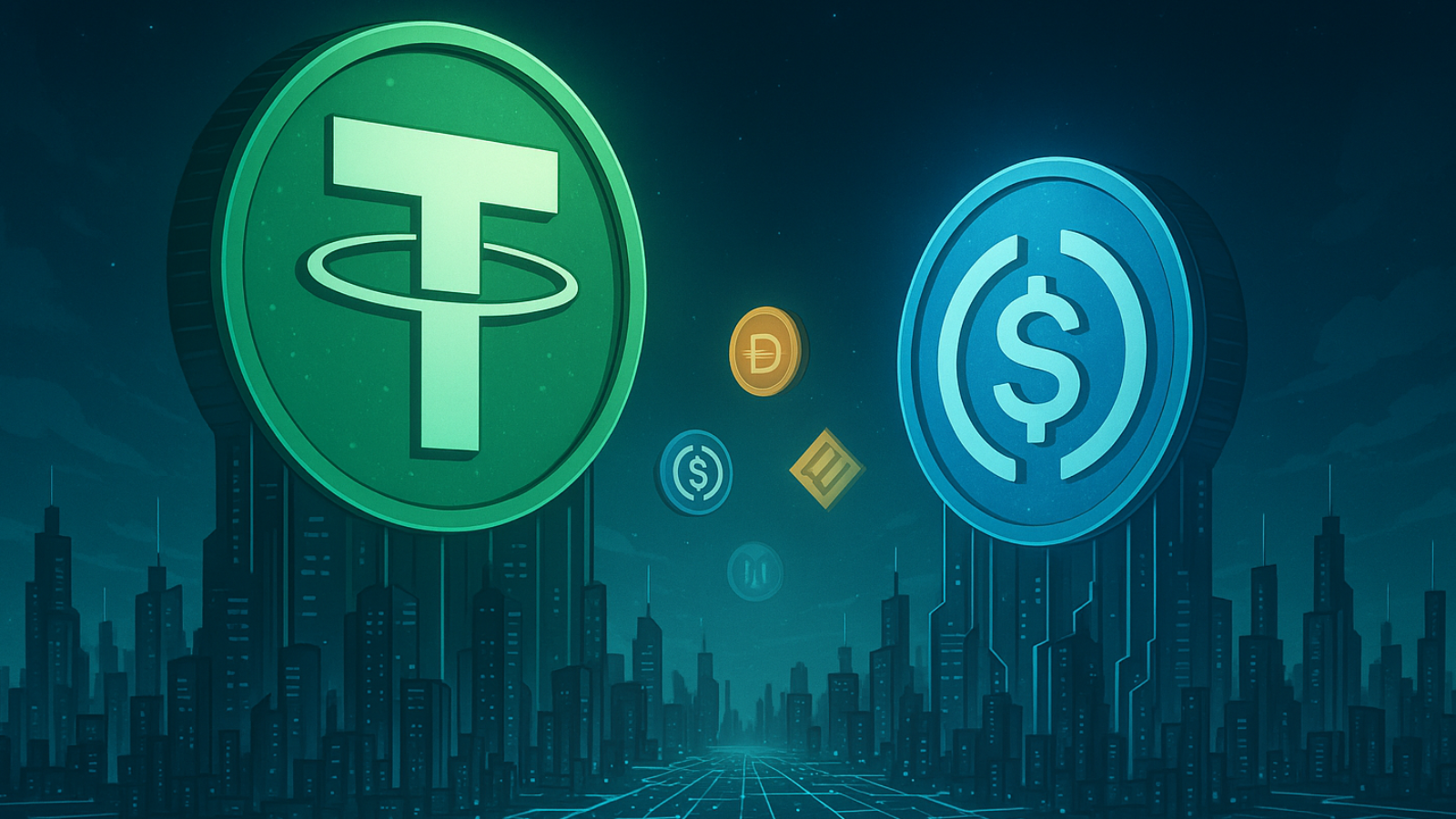

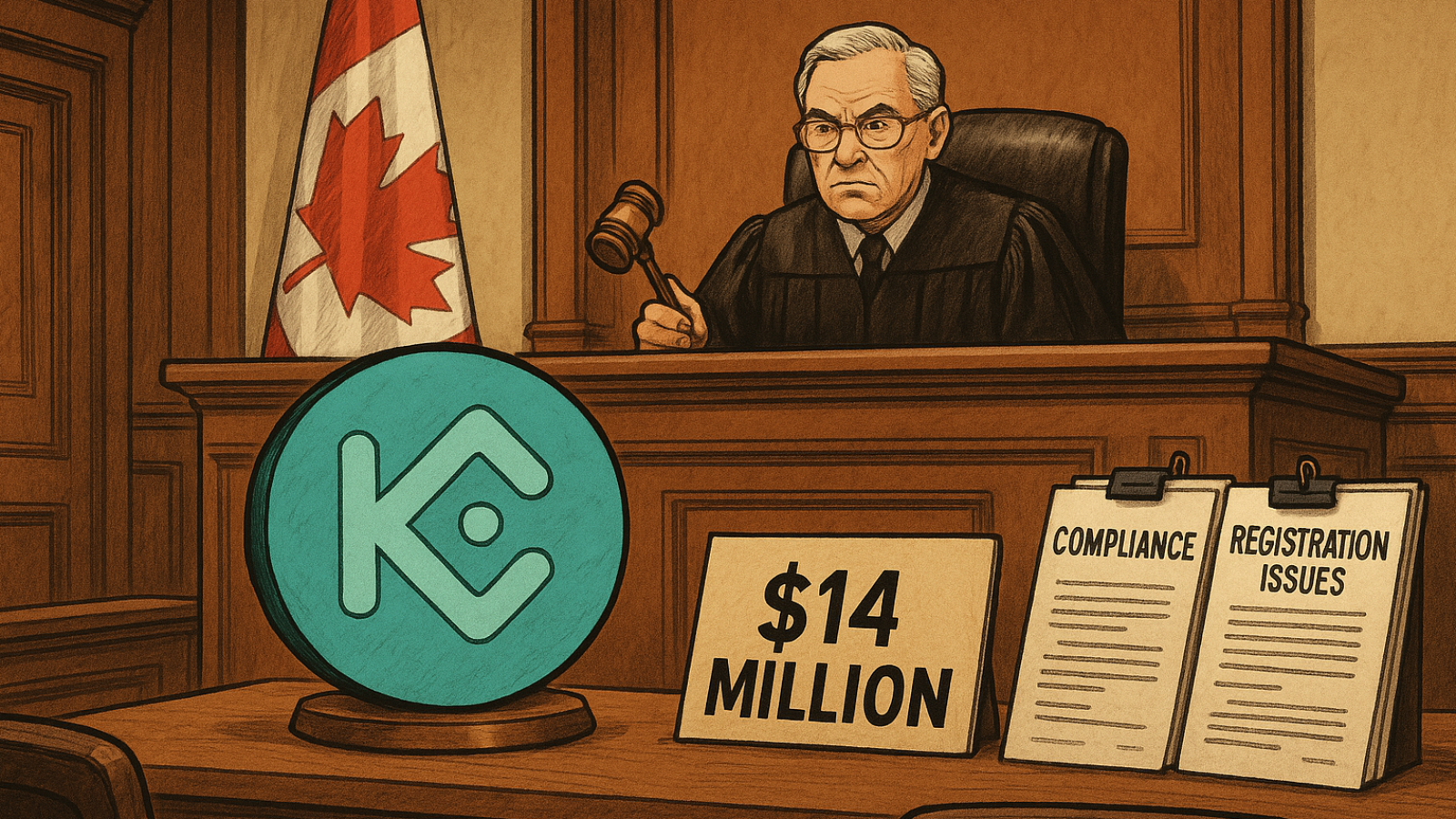
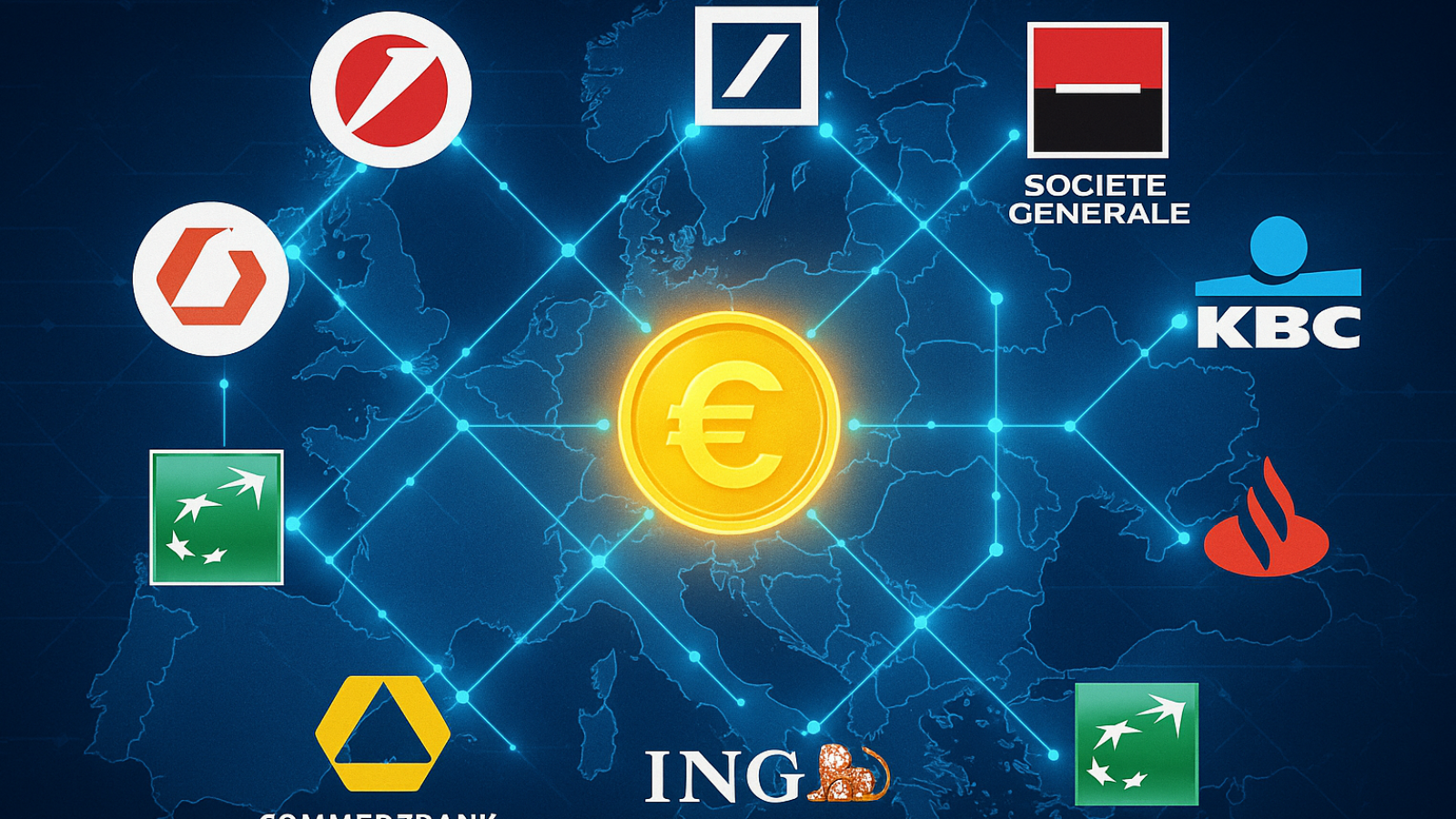








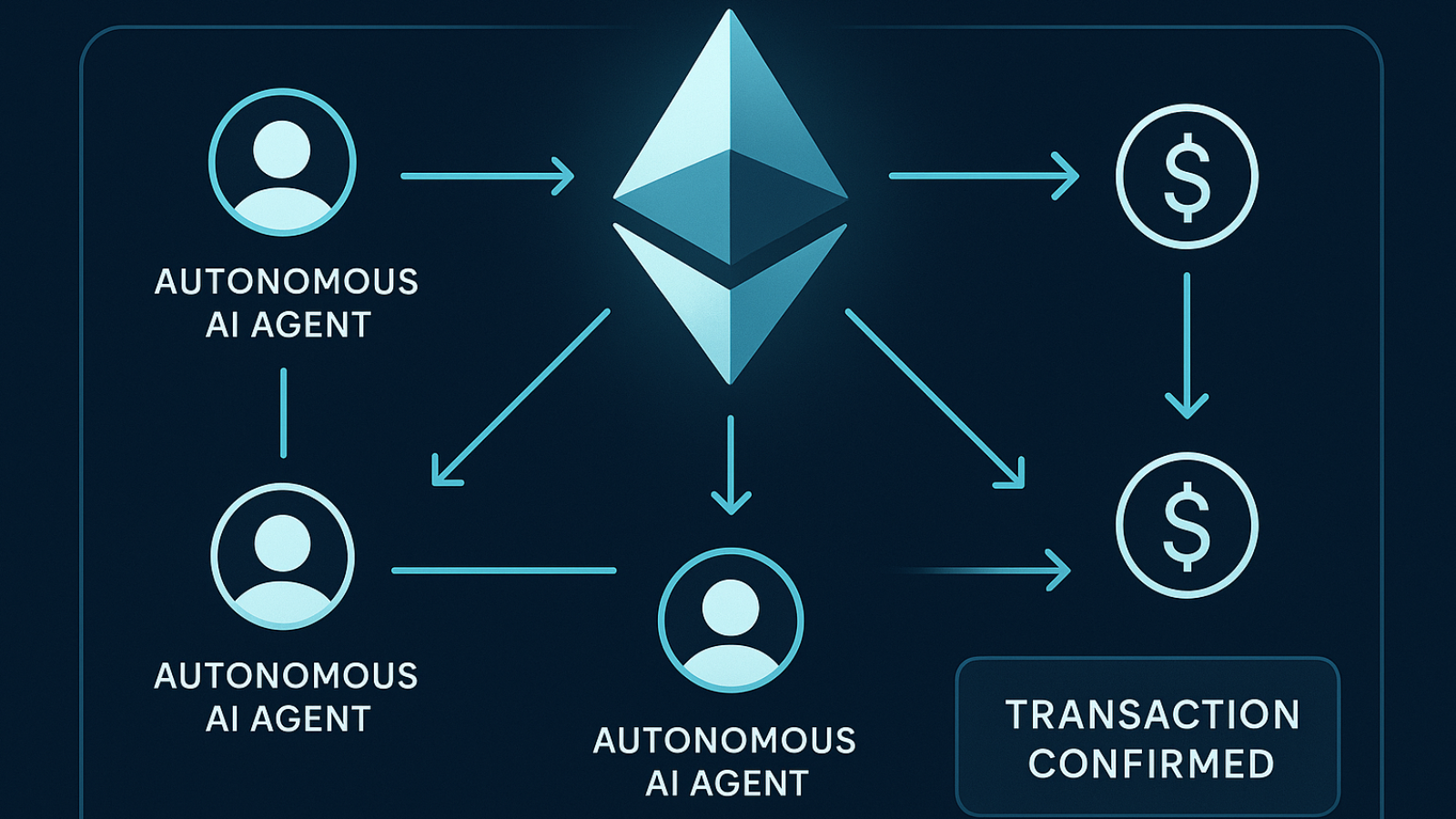



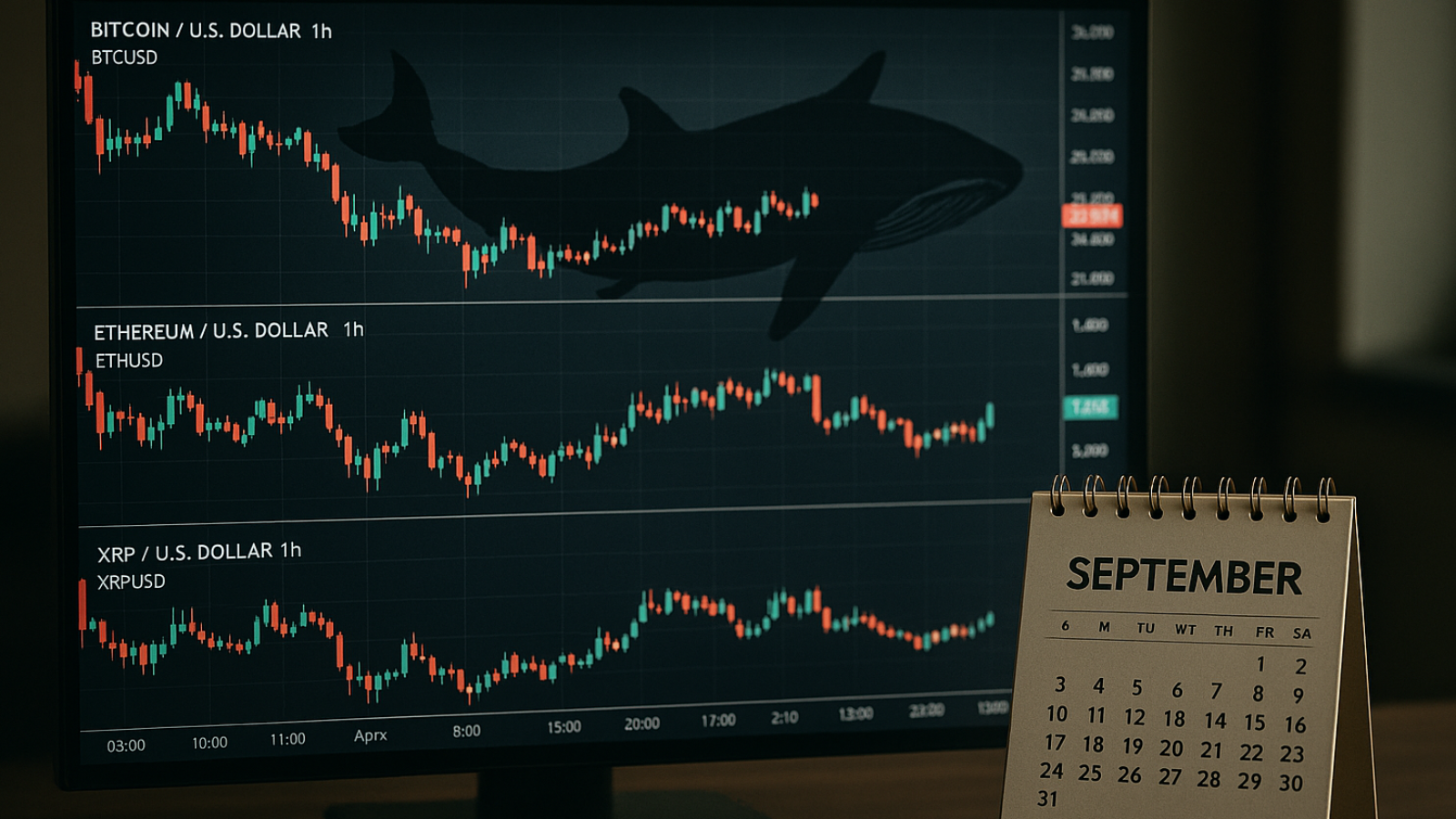





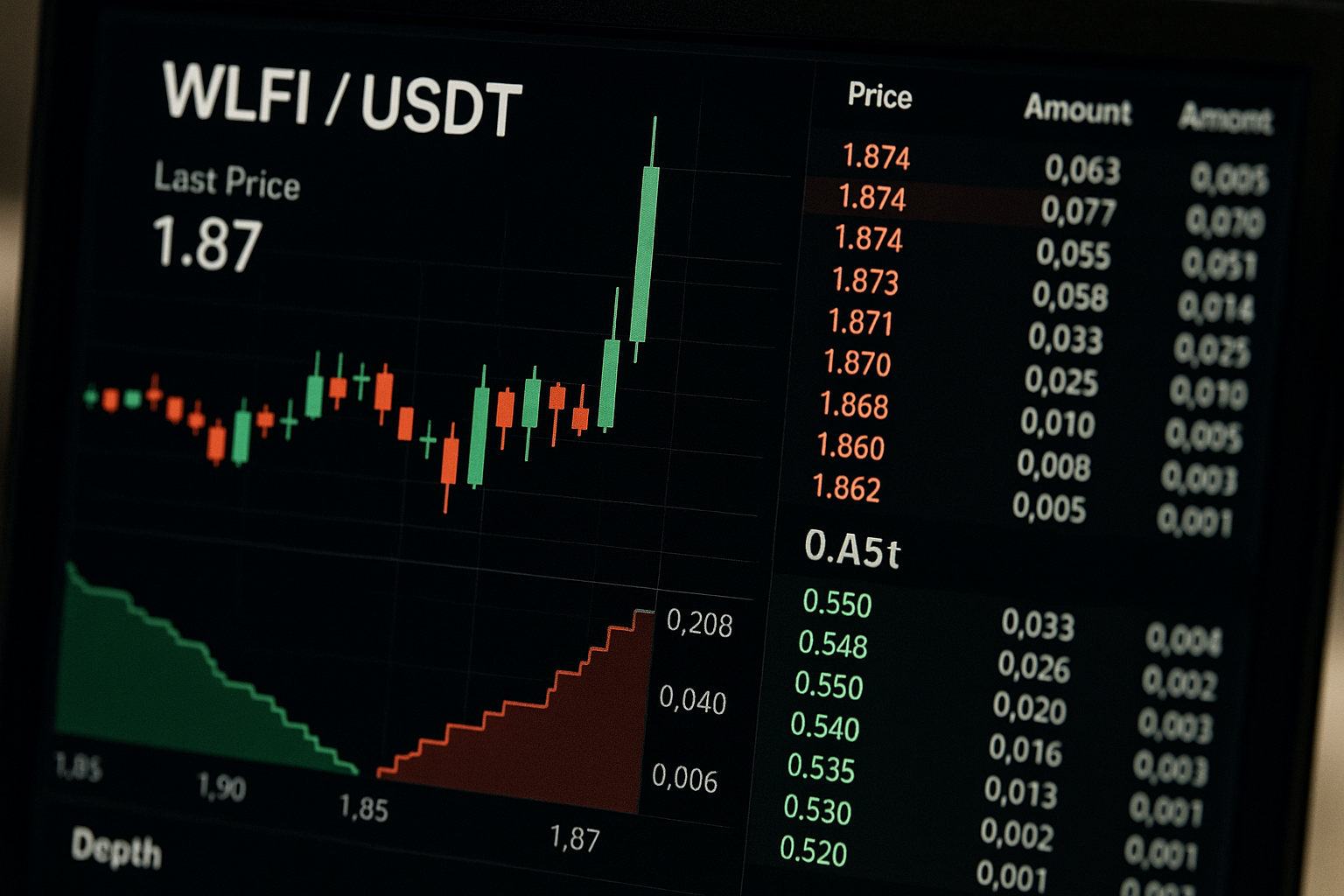


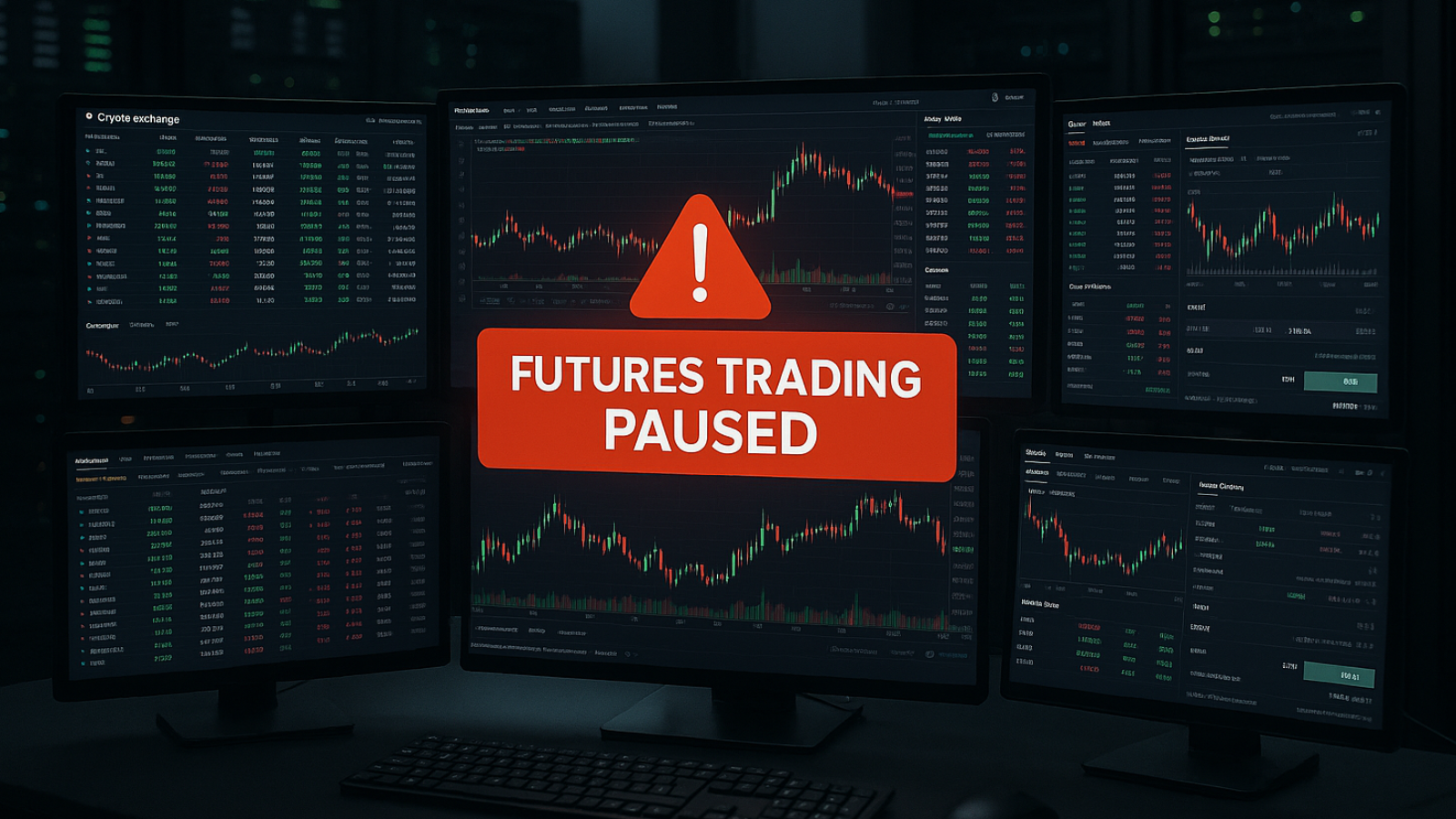


.png)
.png)


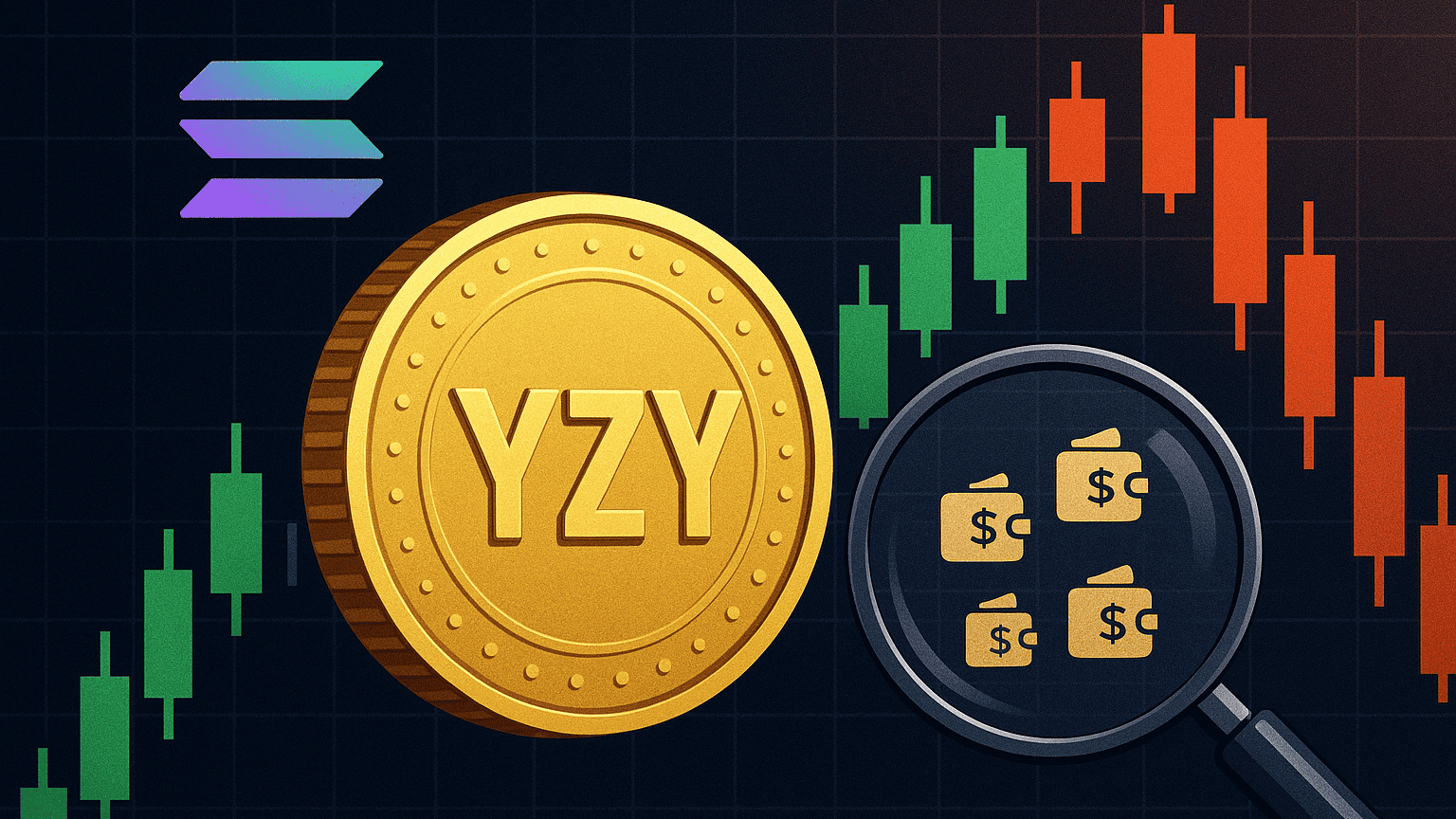









.svg)
.svg)
.svg)
.svg)
.svg)
.svg)